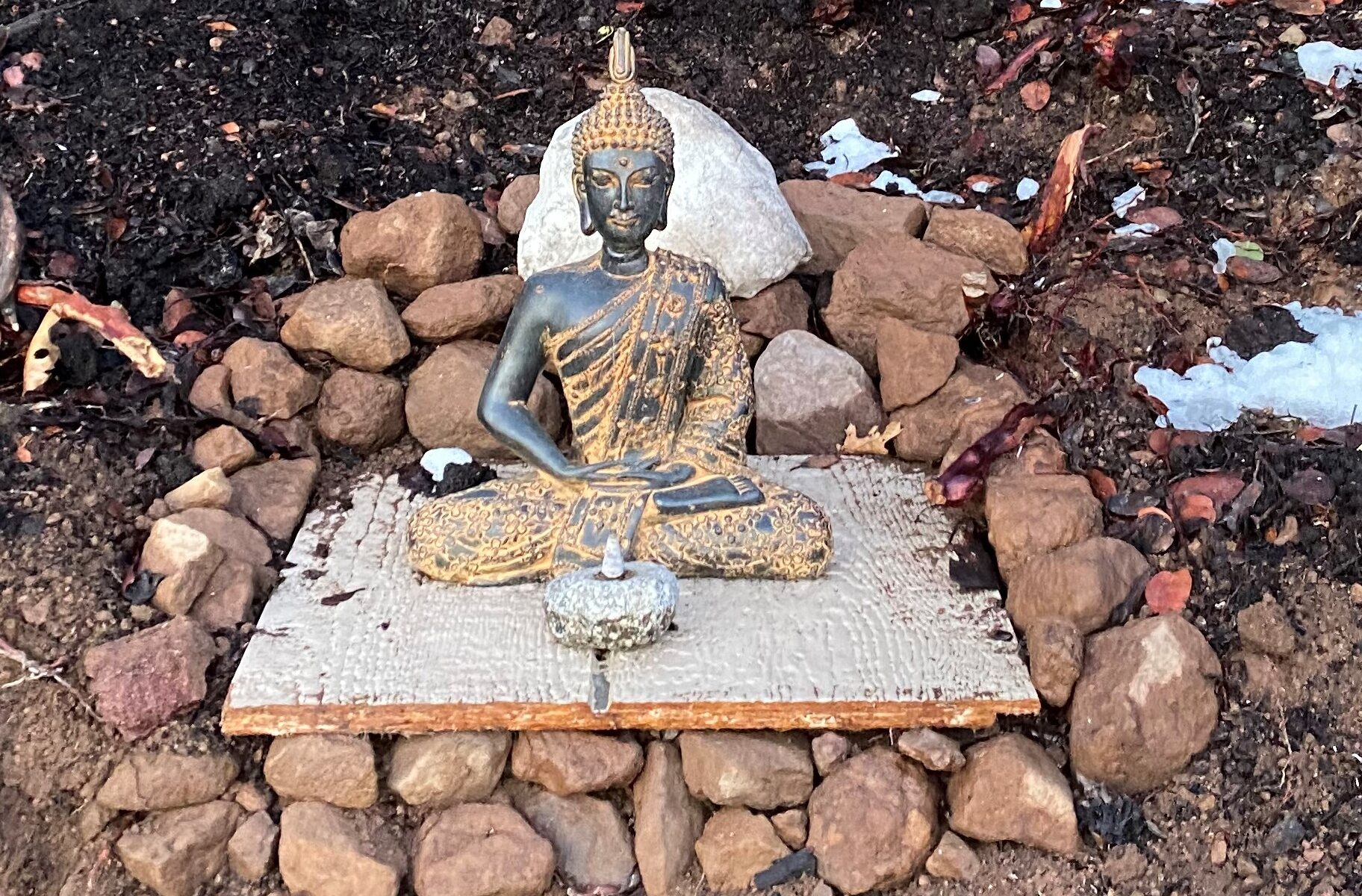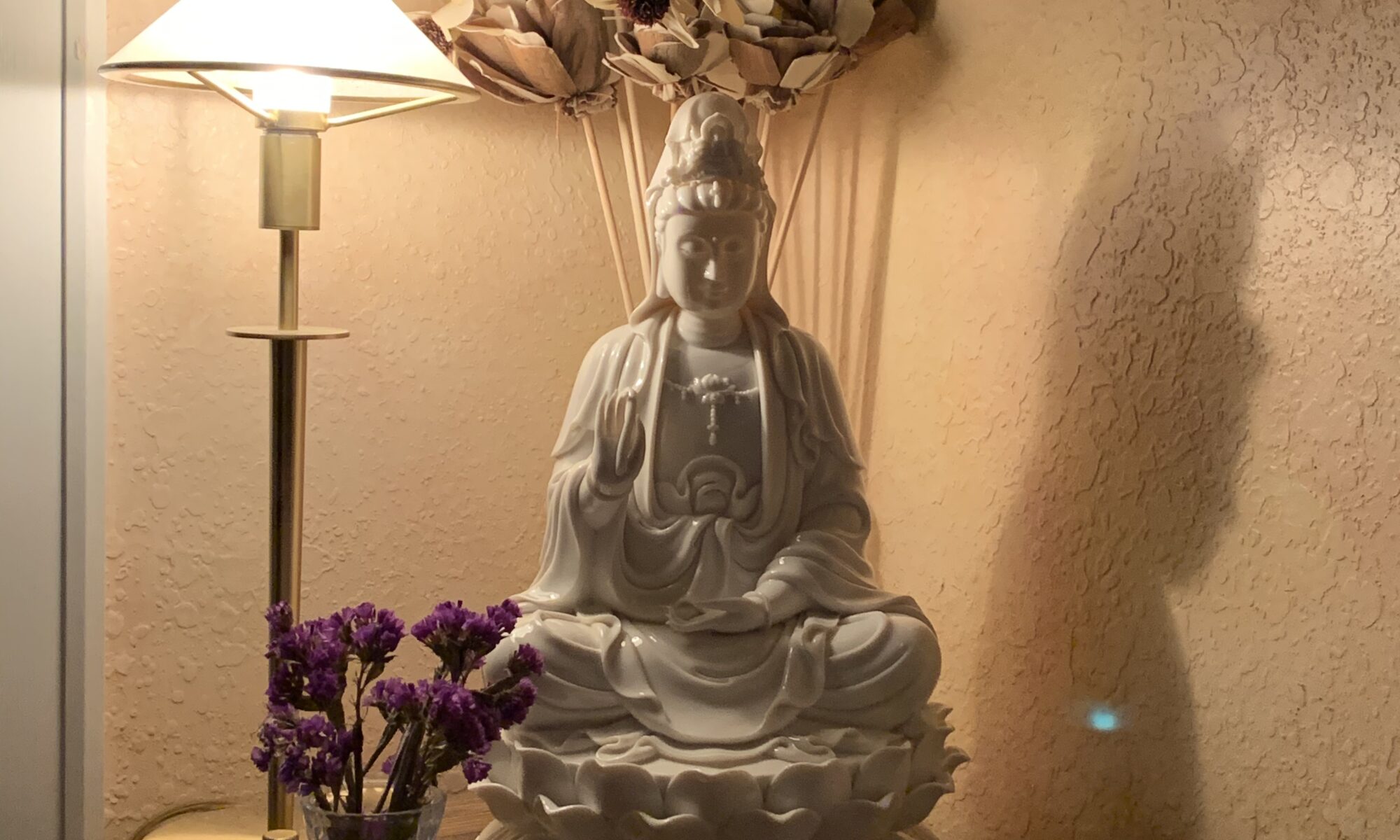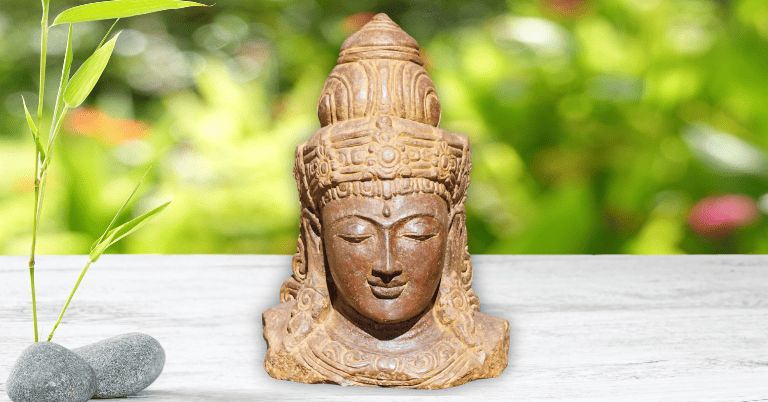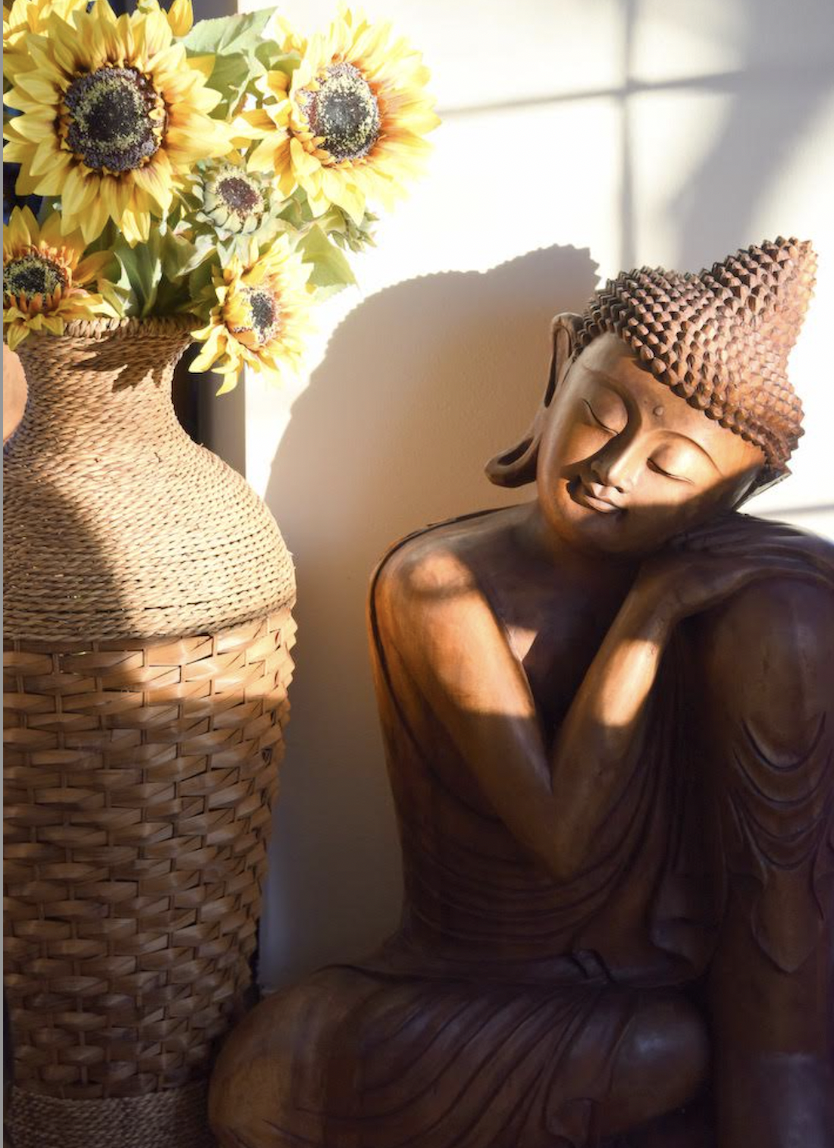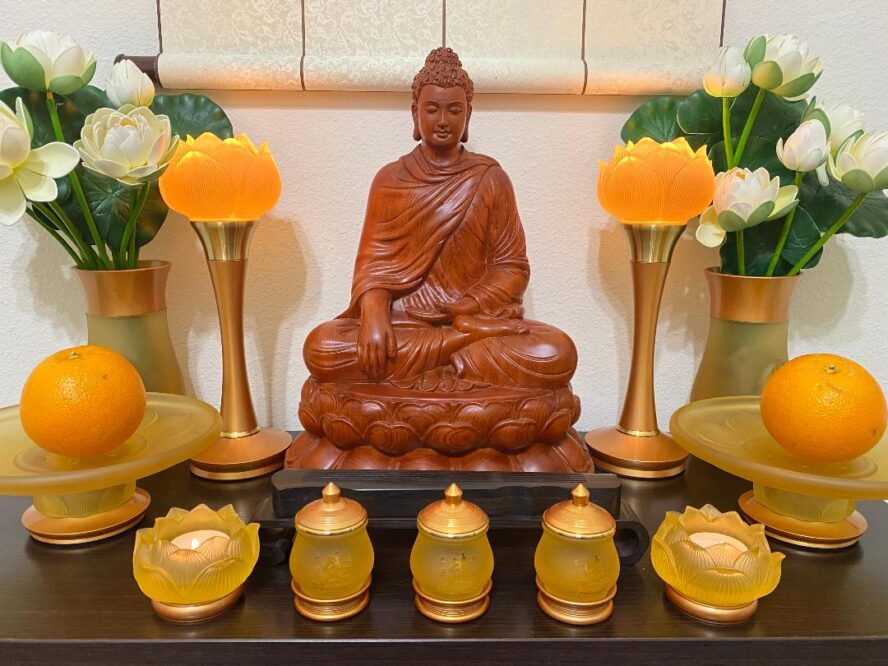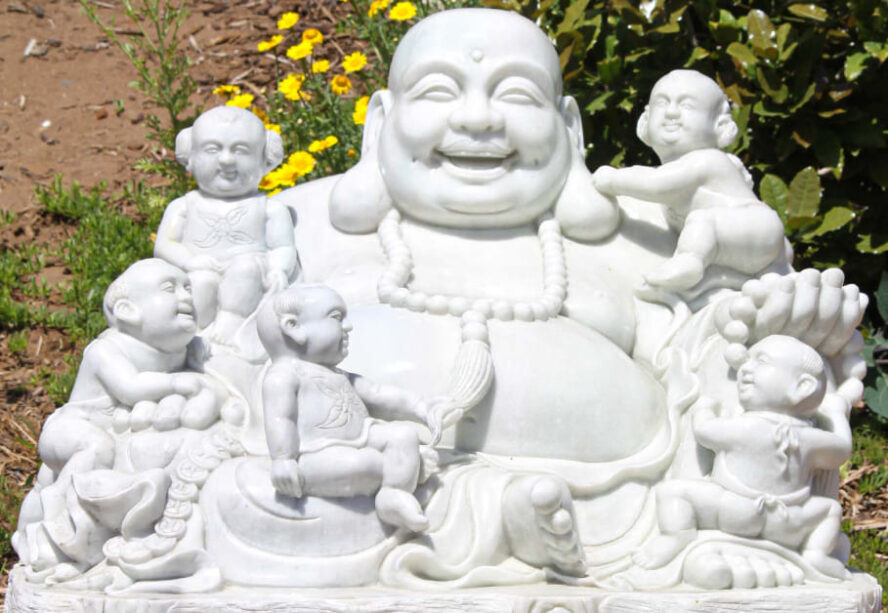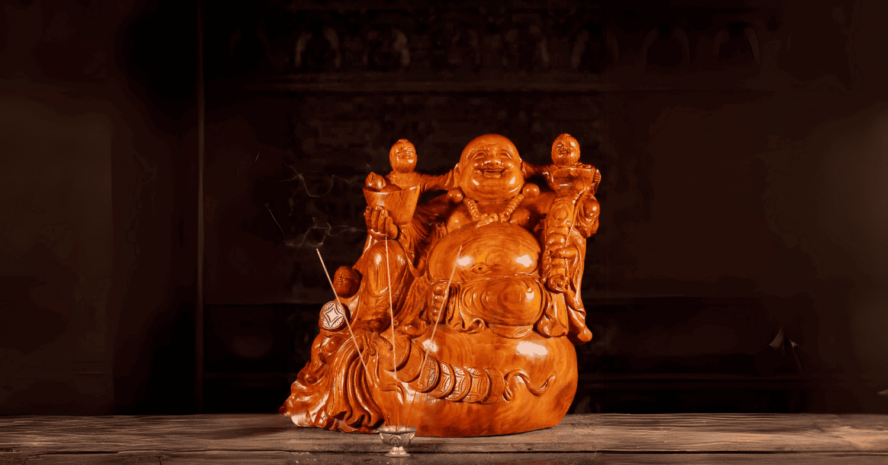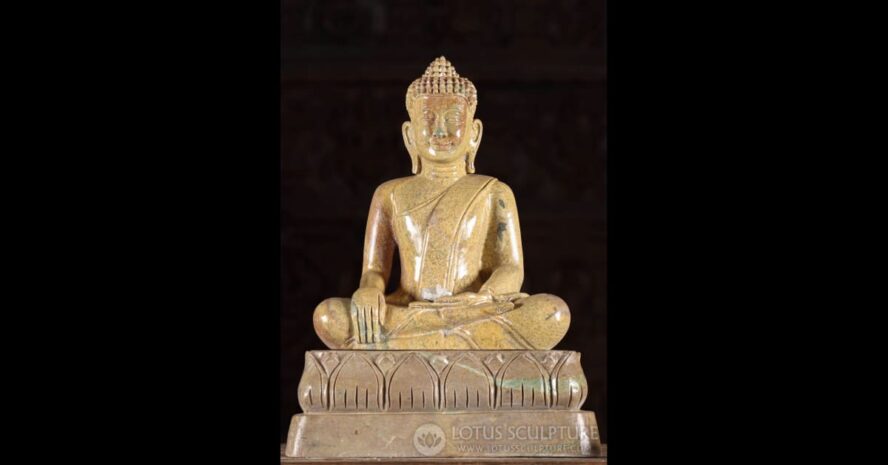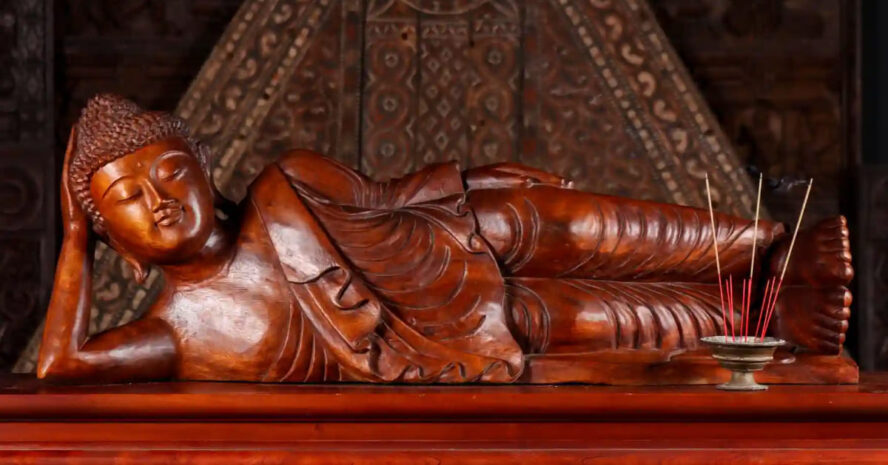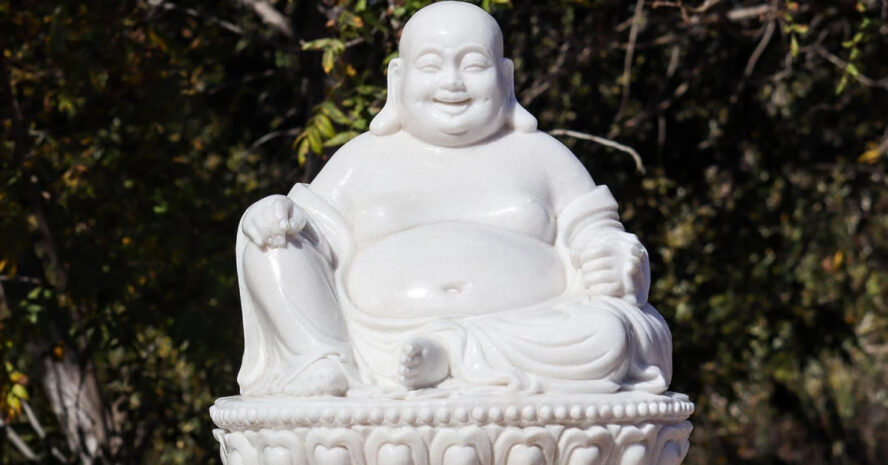Have you been thinking about buying a Buddha statue for quite some time now? This can be a beautiful and peaceful addition to your home or garden. Many people place Buddha statues in their space to invite calm energy, balance, and mindfulness. But choosing the right statue can be quite confusing. The main reason behind this is that there are many styles, sizes, and materials. Also, where you place it also matters a lot.
In this blog, we will talk about different types of Buddha statues, their styles, and the best places to display them. We will also talk about other popular options like Fat & Happy Buddhas, Kwan Yin statues, Foo Dog statues, and more.
Why Do People Buy Buddha Statues?
People buy Buddha statues for many reasons. Some use them for meditation. Others love them as gifts. Many enjoy them as home decor or garden pieces. A Buddha statue is not just for religion. But, instead, it is also a symbol of peace and inner strength.
At Lotus Sculpture, there are many types of Buddha statues that you can easily choose from. You can find ones made from wood, stone, and marble. You can also choose from different styles like Thai Buddha statues, Indian Buddha statues, and Garden Buddha statues.
Popular Types of Buddha Statues
Garden Buddha Statues
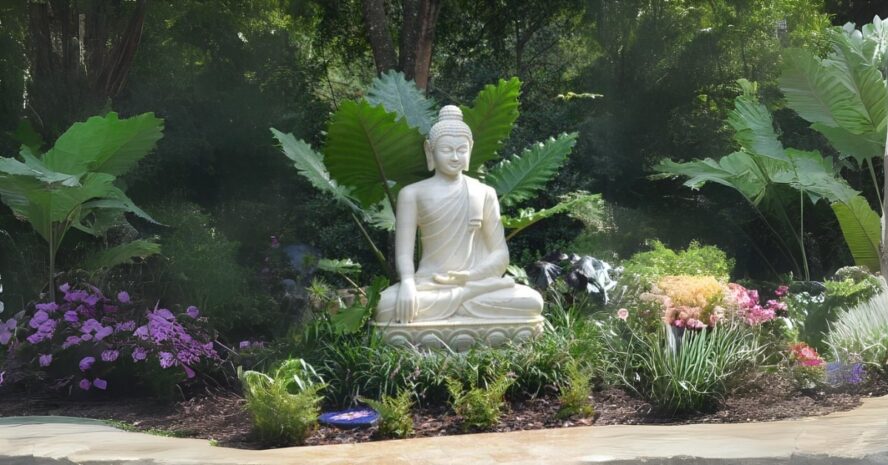
Garden Buddha statues are typically made for outdoor spaces. These statues are often large and are also weatherproof. They are designed to sit in your backyard, garden, or patio. Placing one near flowers or water can easily turn your outdoor space into a peaceful retreat.
Many people choose Garden Buddha statues to bring a sense of calm to their busy lives. These statues are also a great choice for yoga or meditation gardens.
Thai Buddha Statues

Thai Buddha statues come from Thailand. They often have a calm face and a graceful shape. These statues usually show the Buddha in a seated position or with one hand raised in a blessing.
If you want something simple and spiritual, Thai Buddha statues are a great option. They fit well in small altars, shelves, or quiet corners of your home.
Wood Buddha Statues

Wood Buddha statues give a warm, natural feel to your space. They are often hand-carved and full of rich details. In addition to this, these statues are great for homes with rustic or earthy decor.
If you like a cozy, natural look, then Wood Buddha statues are the perfect match. This is because they can be placed on a shelf, table, or in a peaceful reading nook.
Marble Buddha Statues

Marble Buddha statues look elegant and pure. These statues are often white or light-colored and give off a clean, calm energy. Many people place them in meditation rooms or prayer spaces.
The smooth finish of Marble Buddha statues makes them perfect for modern or minimalist homes. They bring peace and quiet beauty to any space.
Indian Buddha Statues

Indian Buddha statues are full of rich symbols and strong features that make them more attractive. These statues often reflect ancient Indian art and tradition, which reflected deep cultural connotations. These statues are basically a great choice if you want a bold and spiritual look in your home.
You can place Indian Buddha statues in entryways, on home altars, or in your living room. They help create a sacred and meaningful space.
Other Sacred and Joyful Buddhist Statues
Fat & Happy Buddhas

Fat & Happy Buddhas are also known as Laughing Buddhas. They are mostly round, smiling, and full of joy. These statues are not just for fun. But they also bring good luck, happiness, and wealth.
You can place Fat & Happy Buddhas anywhere, like in your home office, entryway, or living room. They are perfect for anyone who wants to invite joy and laughter into their home.
Kwan Yin Statues

Kwan Yin statues represent the goddess of compassion and mercy. She is one of the most loved figures in many Asian cultures. Her statue brings a calm and loving kind of energy to any room.
You can place Kwan Yin statues in many places, like bedrooms, prayer rooms, or near your front door, because she is known to bring healing and peace.
Tara Statues
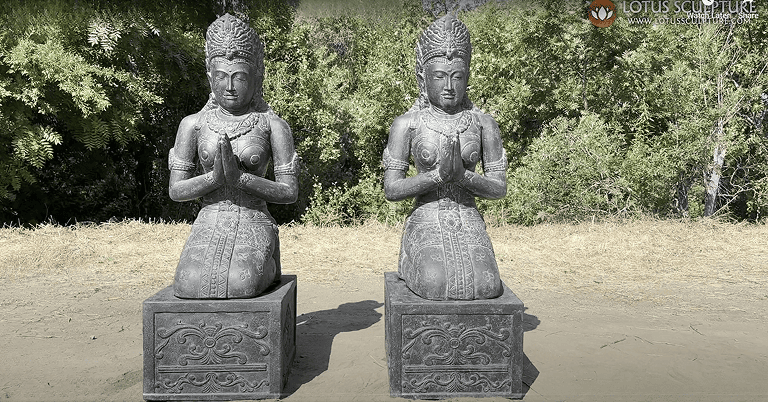
Tara statues represent protection and kindness. Tara is a female figure in Buddhist tradition. Her statue ususally helps keep away fear and brings strength.
Tara statues are great for meditation rooms or places where you seek mental clarity and support.
Avalokiteshvara Statues
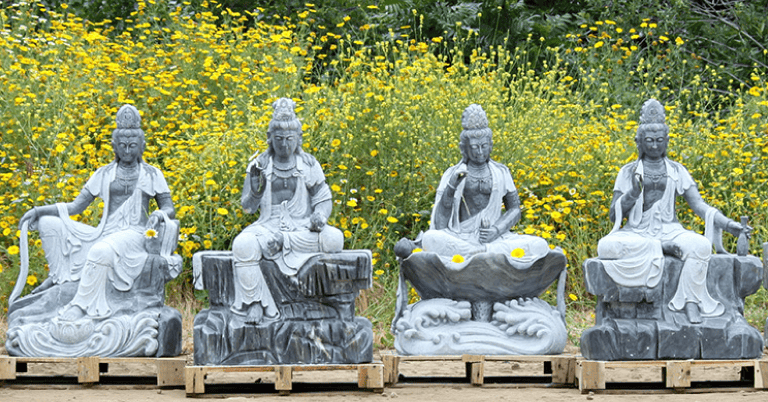
Avalokiteshvara is known as the embodiment of compassion. His statues are often calm and focused. He helps those who are in need and reminds us to care for others.
One can place Avalokiteshvara in study areas or prayer rooms to create a gentle and supportive space.
Foo Dog Statues
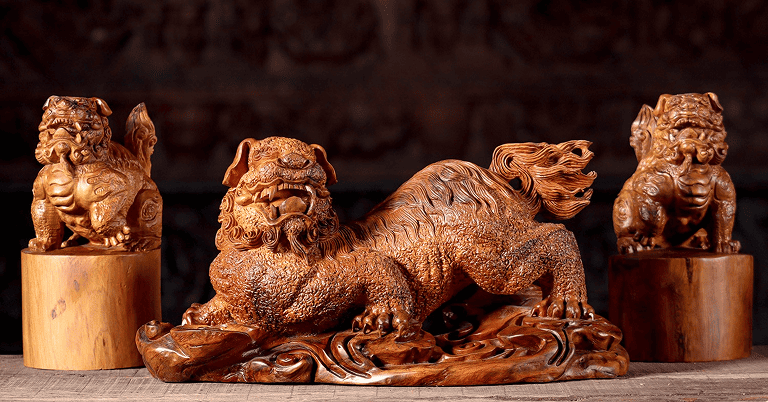
Foo Dog statues are not usual dogs at all. They are strong, lion-like protectors. They usually come in pairs and are placed at doors or gates.
Foo Dog statues are a good choice if you want to protect your home or office. They keep bad energy away and welcome strength and courage.
Where Should You Place Your Buddha Statue?
Placing your Buddha statue in the right spot is just as important as choosing the style. Here are a few easy tips:
- Always place the statue on a raised surface like a table or shelf. Never put it directly on the floor.
- The statue should face the door or open space. It should not face a bathroom or clutter.
- Keep the area clean and quiet. Add flowers or candles if you like.
- For outdoor use, place Garden Buddha statues in a shaded and clean corner.
- In your home, you can create a meditation or prayer space around the statue.
Choosing the Right Buddha Statue for You
When you choose a statue, go with your heart. Think about how you want your space to feel. Do you want peace? Choose a Marble Buddha statue. Do you want joy? Pick a Fat & Happy Buddha. Do you want protection? Try Foo Dog statues.
All the statues at Lotus Sculpture are made with care. Each one is a piece of art and spirit.
Final Thoughts
Buddha statues in the USA are more than just a piece of decor that you can use for your home. It is a symbol of balance, kindness, and mindfulness. So, no matter whether you are decorating your home, garden, or sacred space, there is a statue that fits your needs.
From Garden Buddha statues to Kwan Yin statues, from Wood Buddha statues to Tara statues, each one brings something special. Take your time. Explore the different styles. And when you find the one that speaks to you, you’ll know it.
Let your statue be a guide toward peace and beauty in your daily life.

